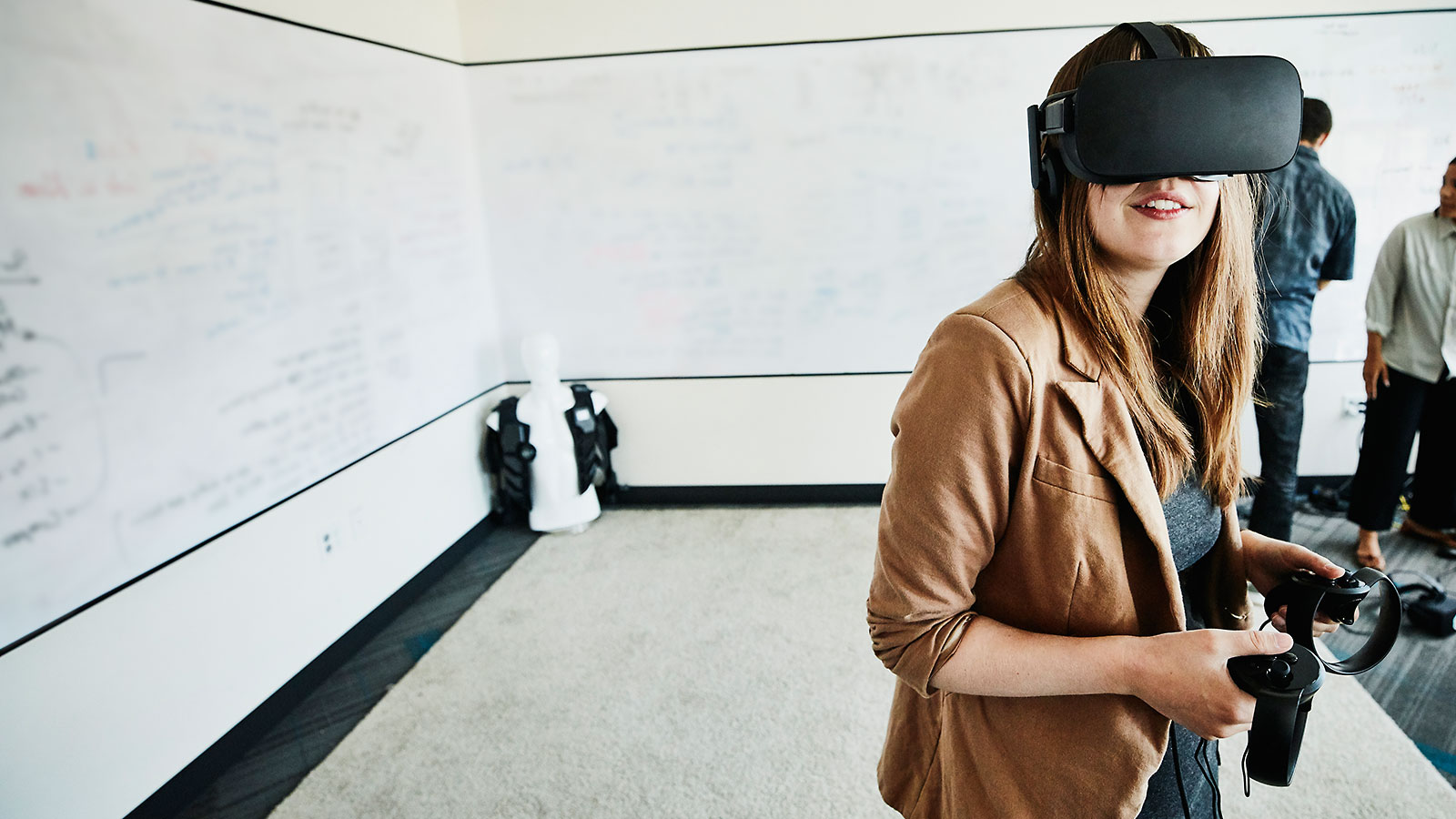
We’ve published results of a large virtual reality (VR) study examining the impact of using VR to train and improve diversity and inclusion behaviours. This is an important part of our compulsory unconscious bias training that will help in the development of our leaders.
As outlined in our Seeing is Believing report on the economic impact of VR/AR, training, learning and development is a compelling VR use case - we estimate VR training will contribute $294 billion to the global economy by 2030. Many industries are using VR for health and safety and asset maintenance simulation training and they’re seeing improvements in process efficiency. However our team wanted to test whether VR would be as effective for training leadership, soft skills or other human-to-human interactions? Does it have advantages over traditional classroom or e-learning methods?
Selected employees from a group of new managers took the same training (between February 2019 and January 2020) in one of the three following settings:
When we compared the results from the different settings, we quickly discovered some intriguing insights.
“V-learning, using virtual reality to train our people, was more effective than classroom and e-learning settings at teaching soft skills concepts.”
We’re delighted with these fantastic results, but we also learnt a lot along the way about how to make the v-learn experiences more immersive and impactful. For instance, we think v-learning works best when you’re training many people on a similar topic because the level detail which goes into creating and building a detailed and digital replica of the physical world requires greater investment to develop than similar classroom or e-learn content. The nature of our diversity and inclusion v-learn programme meant our people could experience different scenarios and outcomes based on the decisions they made when faced with unconscious bias, so many who took part had different experiences and development points to takeaway.
Another significant insight is that VR is ready to deploy at scale into the private and public sector. Our team was able to provision, deploy and manage a large fleet of VR headsets with just a small team. We determined that while VR training would not replace classroom or e-learn formats anytime soon, it should be considered as part of a blended learning curriculum when training specific types of skills. When you combine classroom, e-learn and v-learn together, you provide your employees with an industry leading approach.
“Virtual reality will help to drive a new age of learning, development and education by delivering a cost-effective, immersive and efficient experience to train people on both hard and soft skills.”
If you have any questions or queries about using virtual reality for learning and development please contact Jeremy Dalton.